Heart of the Forest
| Project Type | University group project |
| Duration | 3 Months |
| Software Used | Unity |
| Languages | C# |
| Primary Role | Lead Designer |
About
Heart of the forest is a game that I had the privilege to lead as a designer during my second year at university. This project not only challenged my creative abilities but also provided invaluable lessons in teamwork and adaptability.
Heart of the Forest is a 3D wave survival game based around the day and night cycle. The game requires players to defend their base from enemies during the night while using daylight to acquire upgrades. As lead designer within a team of 5, my role extended beyond just gameplay mechanics and creating the gdd; it also involved keeping the design of the game heading to a cohesive vision.
We had to overcome some design challenges as features agreed upon couldn't be implemented by our programmers because of time constraints. For example, the combat system was planned to use various attack types for the player and enemies, this would encourage adaptable strategies in encounters. Unfortunately, the programmers decided it would be too difficult to implement and so I had to think of ways to keep the combat feeling satisfying.
I decided that instead we should focus on the feedback given to the player when they make hits, such as hit sounds, vfx, and knockback to the enemy (unfortunately knockback was also deemed too hard for the programmers). The combat system was still very basic due to resource and time constraints. Nevertheless, the challenges propelled me to devise solutions and make informed design decisions within our scope.
The day and night cycle and lighting for the game were done fully by me. Although the programmers were initially assigned the scripting for the day night cycle, I assumed the task myself due to time constraints. I looked up some tutorials on day and night cycles and after that I adapted it to work for our project.
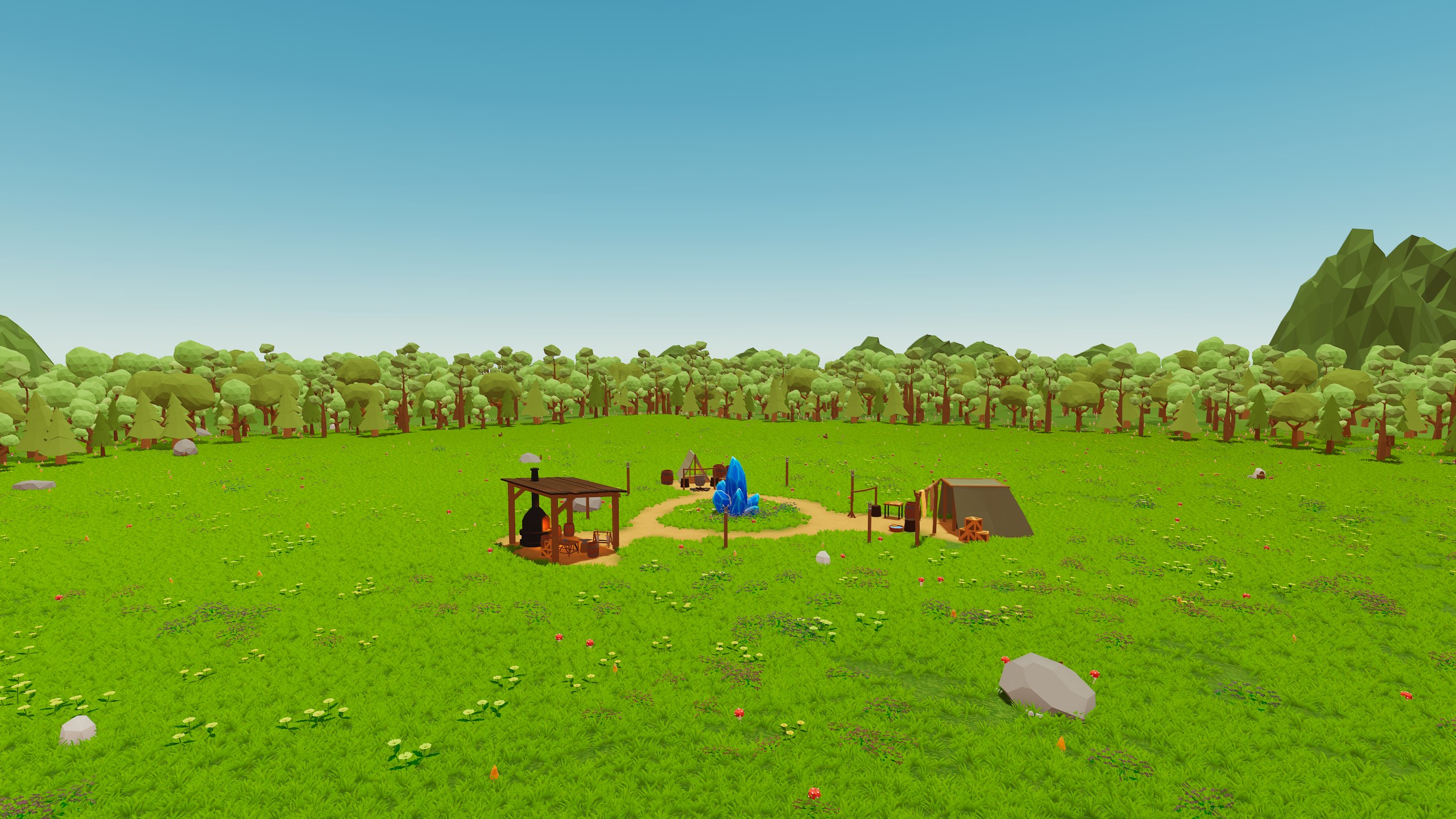
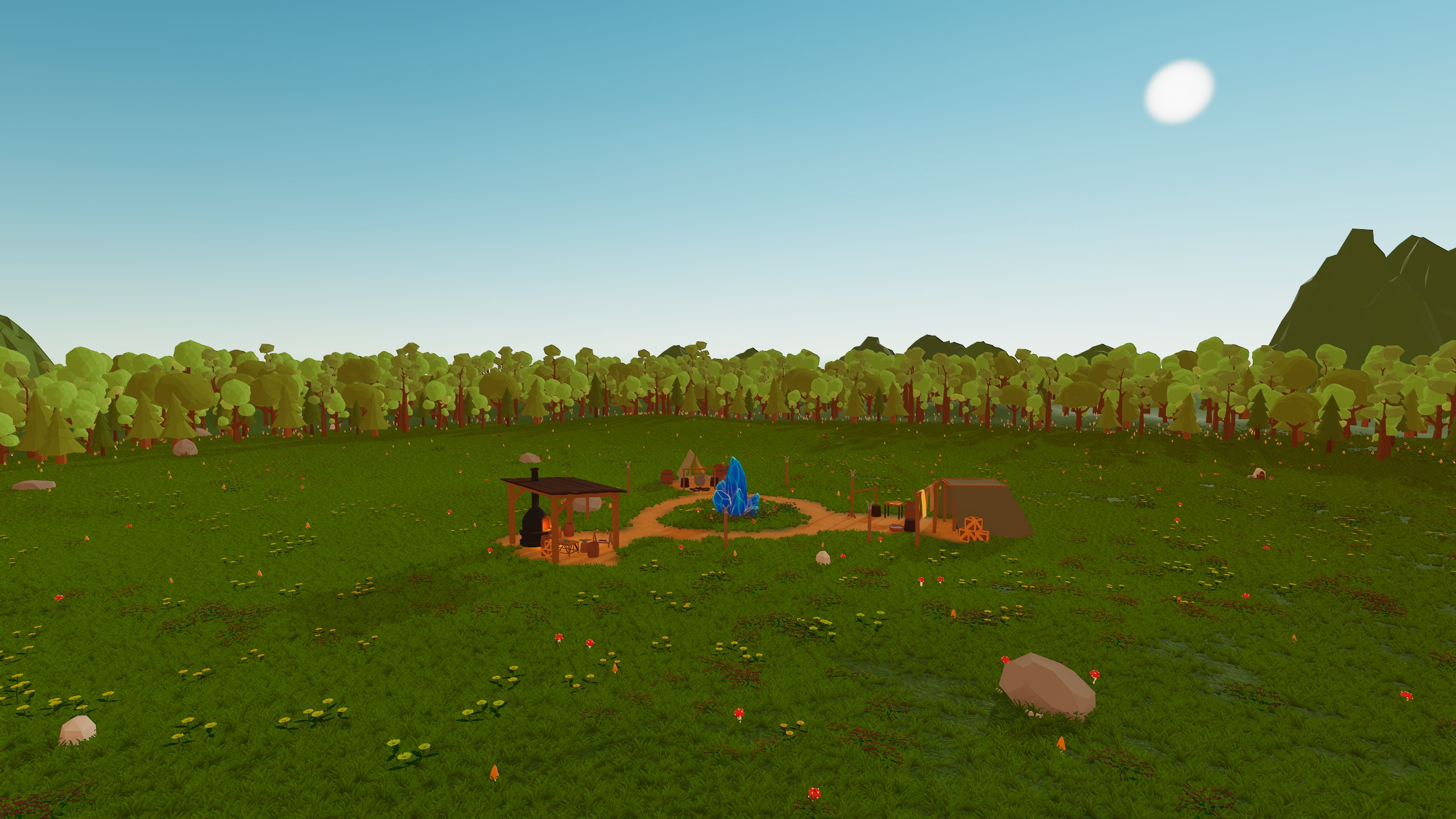
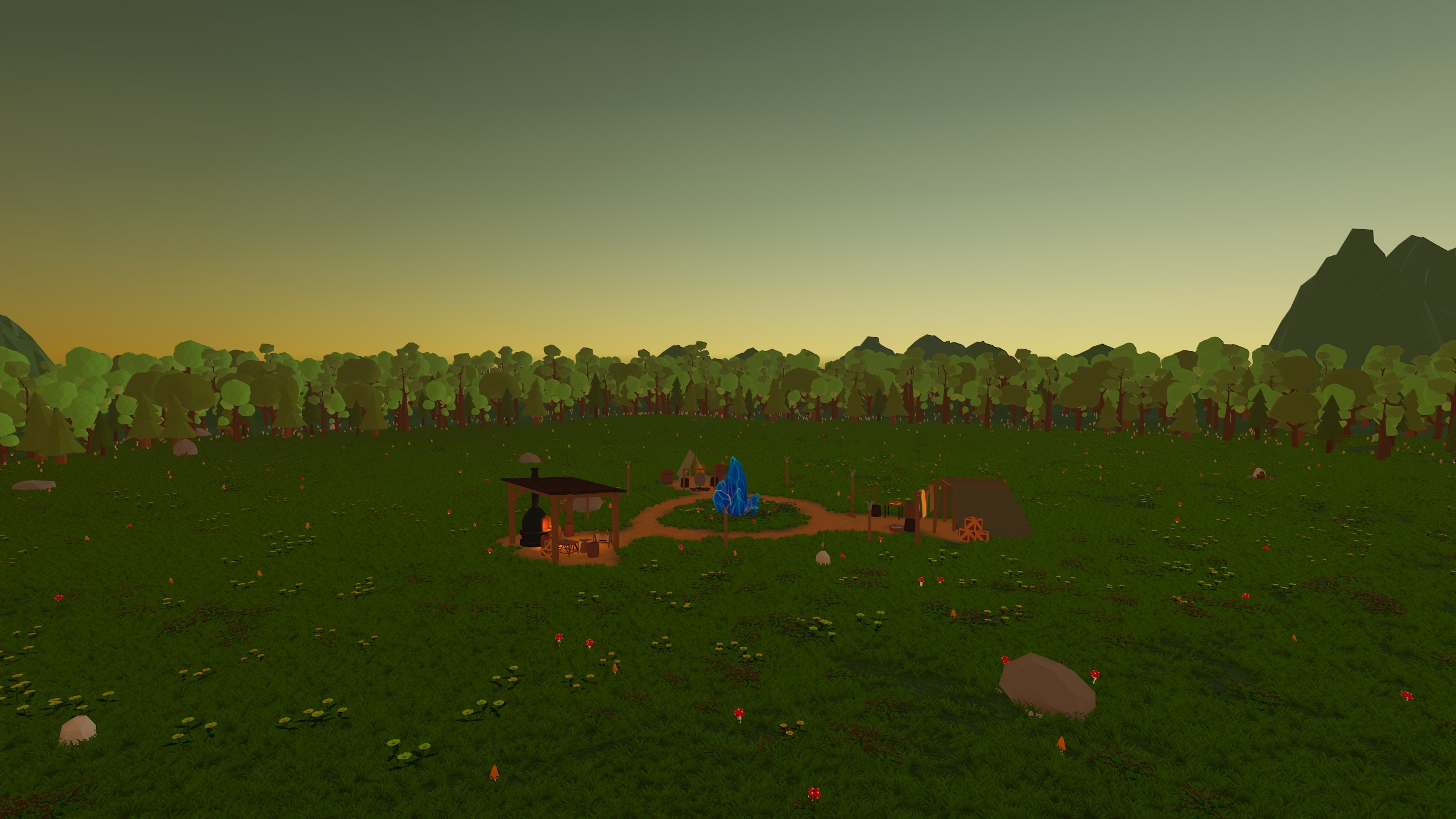
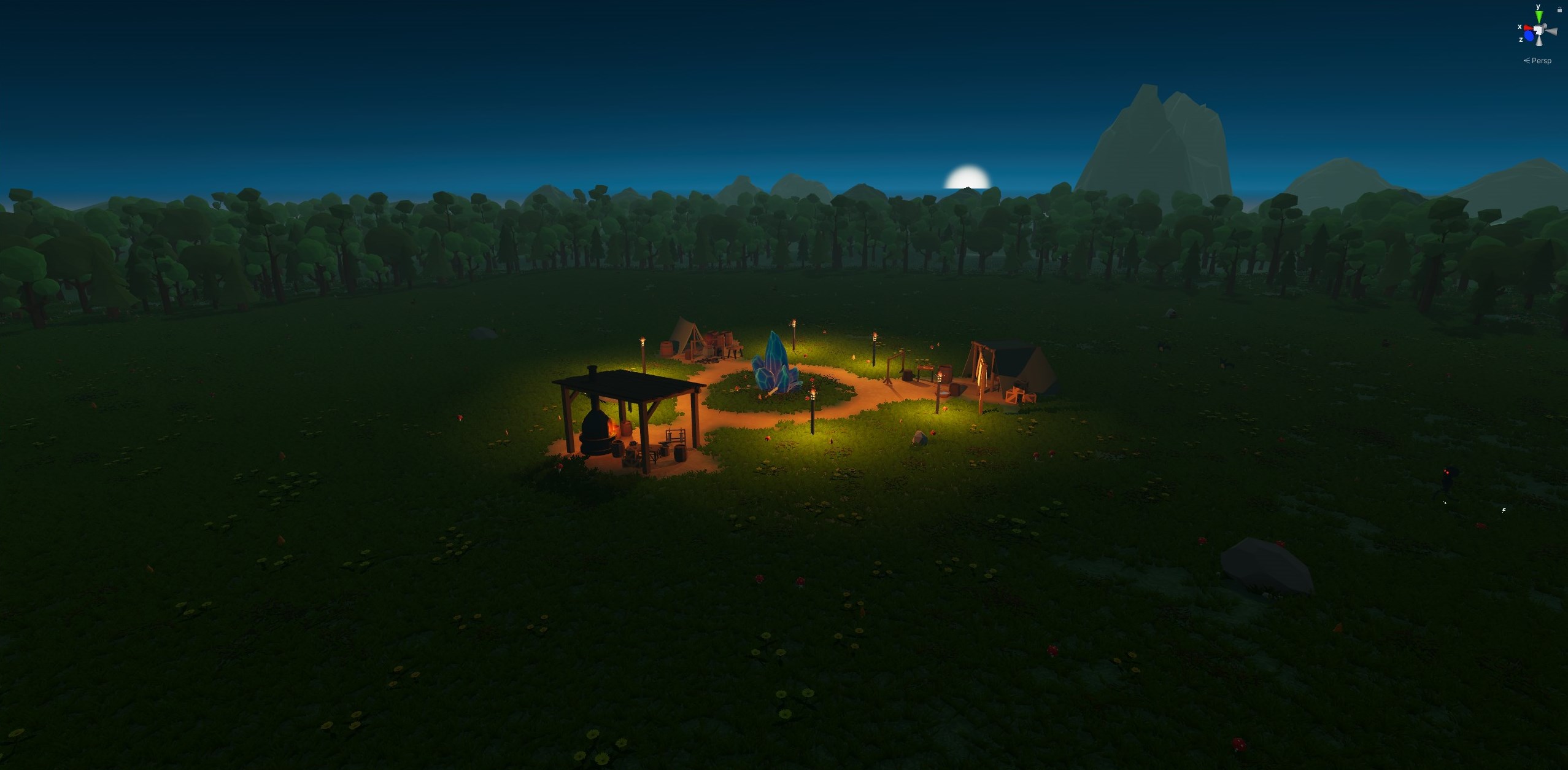
Interface Design
I also designed the interface and produced lo-fi designs in photoshop. Some of these designs were based off previous designs such as multiple weapon types but these were adapted when features changed.
These designs were then given to the artist who worked on creating them. They also shared alternative ideas for the design and collaborated with me to optimise the interface.
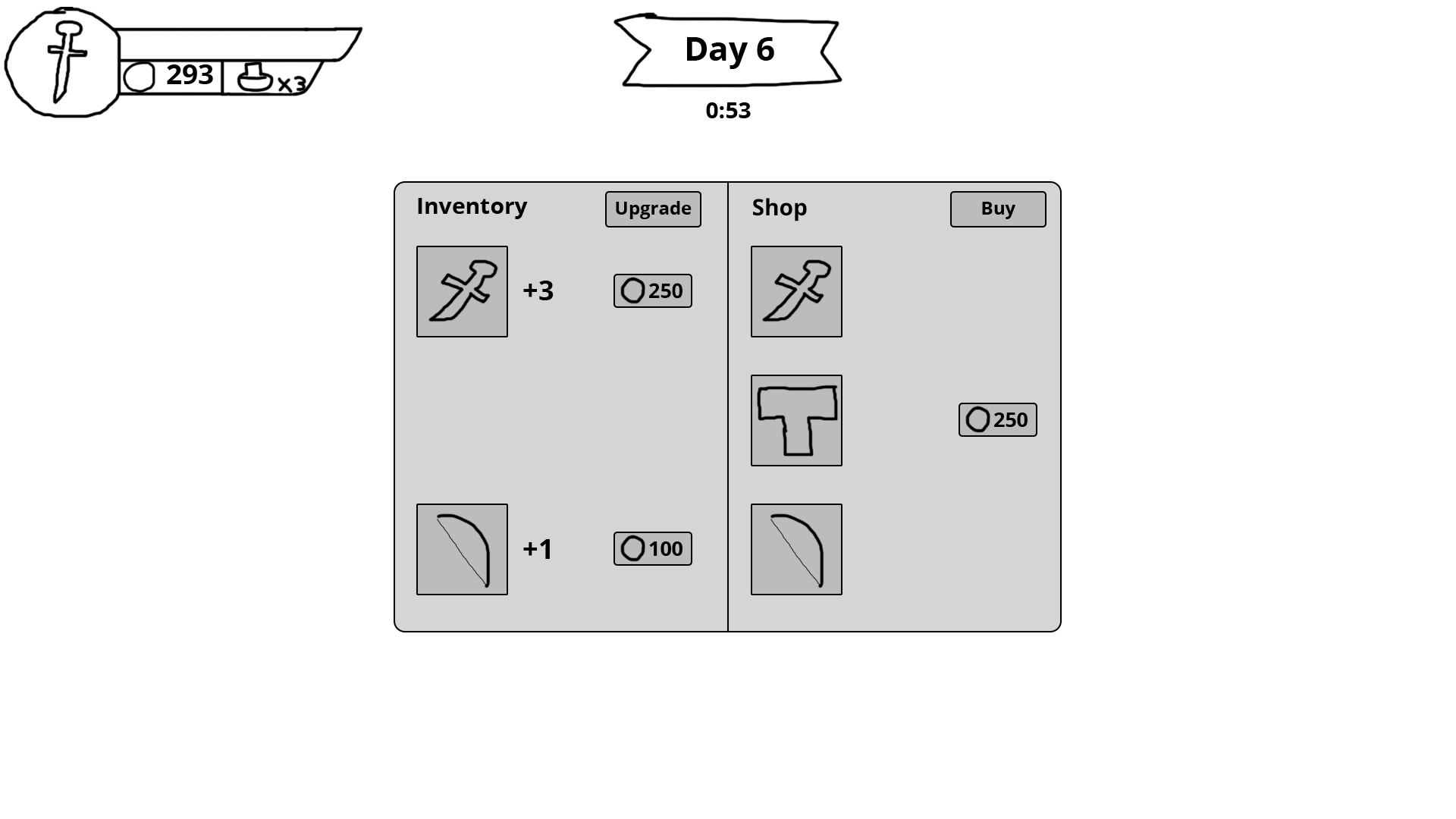
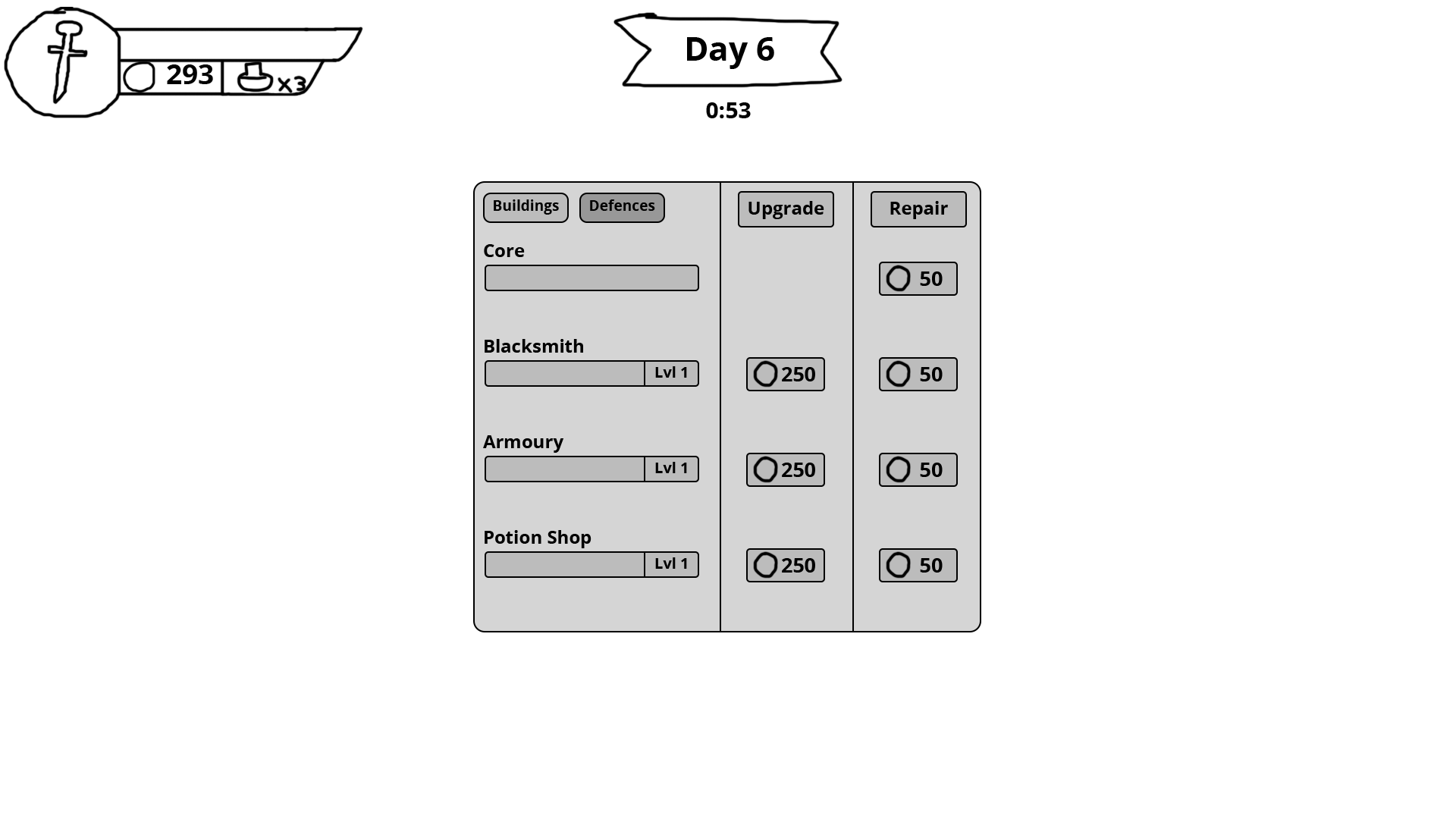
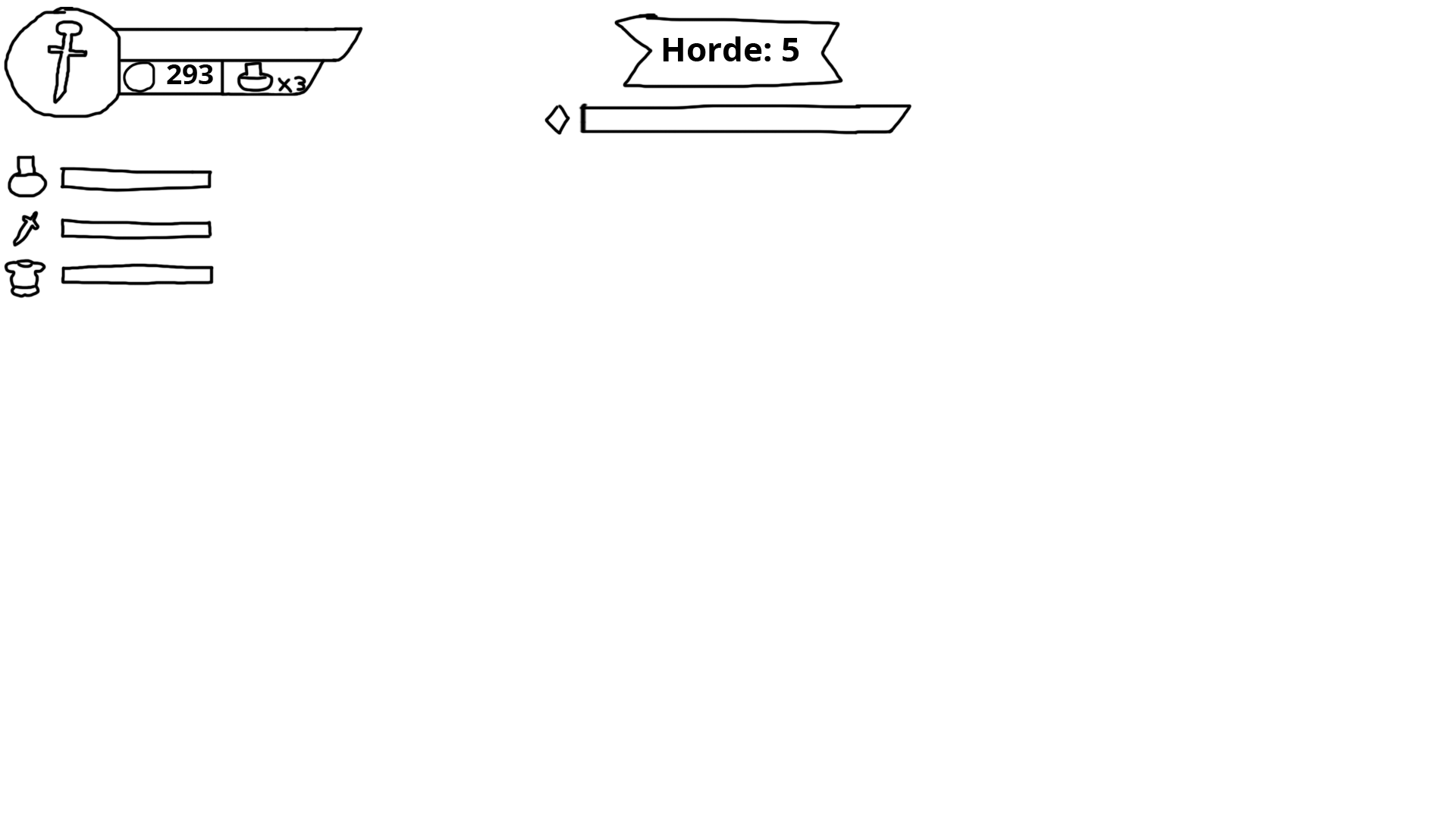
Audio
I handled all aspects of the game's audio, including sound effects and ambient audio. To start, I compiled a list of required sound effects and proceeded to gather them from online resources. While online searching doesn't guarantee a perfect audio match, I acquired 26 suitable sound effects for the game.
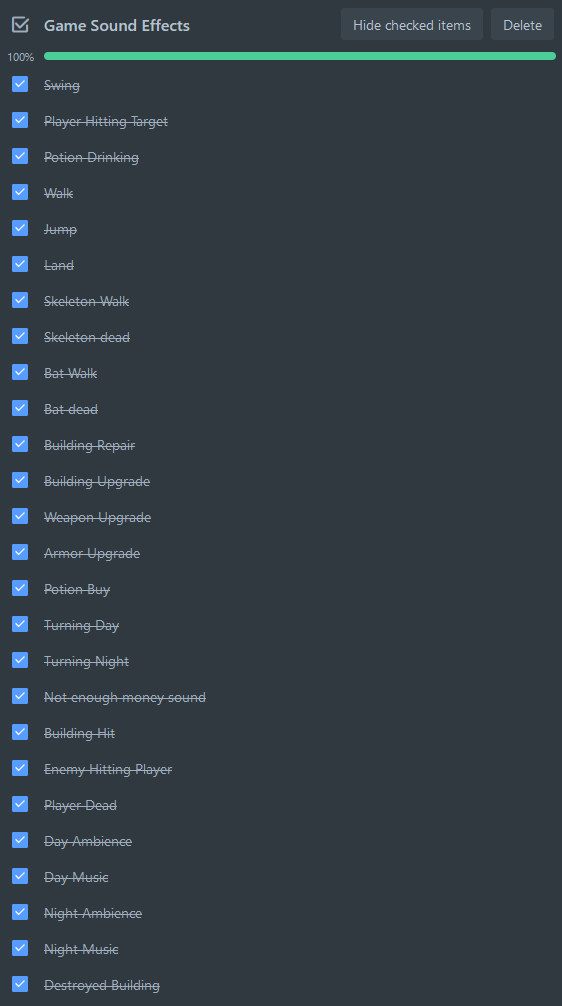
Game Design Document
Collaborating with our team's producer, I participated in crafting our Game Design Document (GDD). Initially, I drafted the GDD during the project's initial design phase. After, we continuously updated it to reflect any modifications in the game's design that occurred throughout the project's progression.
Art Style
Working with the other designer, we decided on an art style fitting for our project. We used references from various art styles to inspire us and in the end we went with a vibrant low-poly approach, which we believed aligned well with our game's concept.